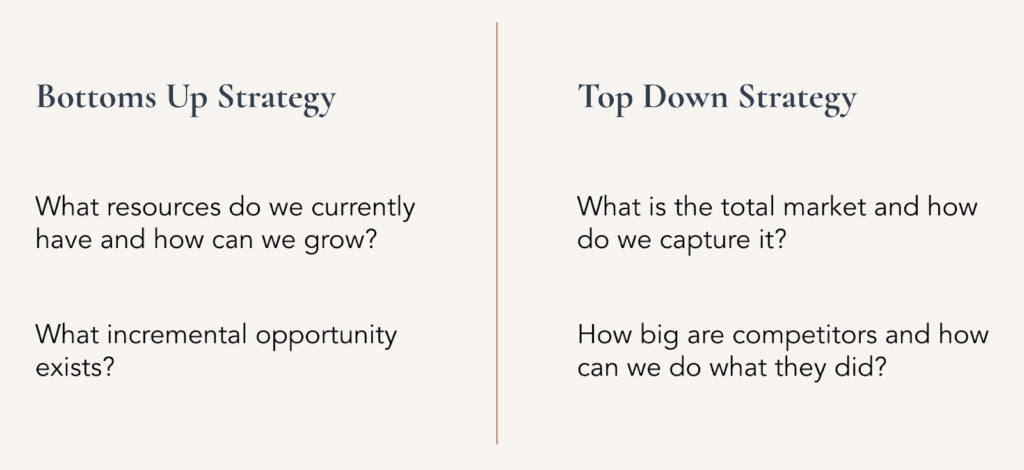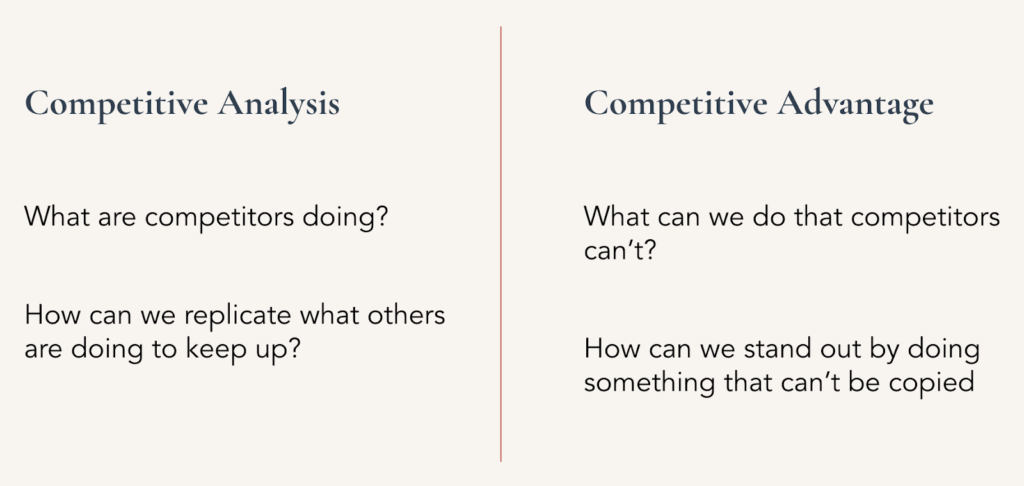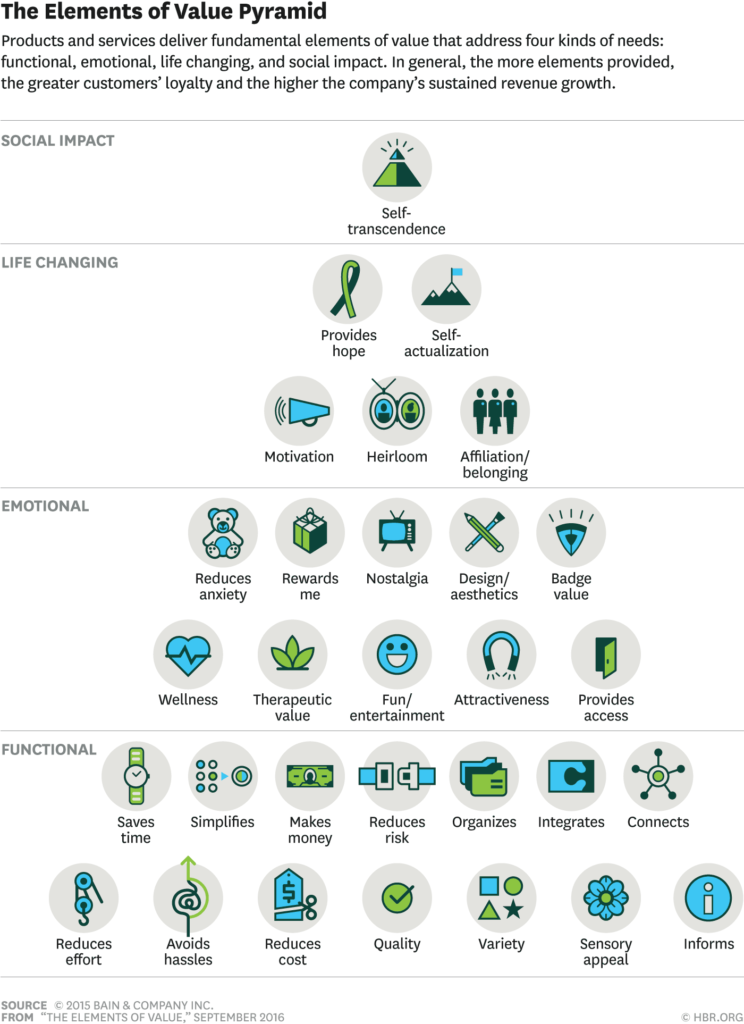4. Brand strength becomes a success gateway
A strong brand has always been important. Long before the internet made marketing more measurable, brand marketing was all there was in marketing. Some people literally went through magazines and cut out press clippings. Data was sourced through surveys and focus groups. Not a bad idea, but not scalable either.
But today, we find ourselves in a stalemate. With only four scalable growth channels and consumer platform stagnation, three factors predict the success of a company: superior IP, more capital, or brand. In most cases, brand is the result of #1 and #2 and now it’s becoming an absolute must-have for success.
A strong brand strength can be a proxy for PMF and lead to significant market share gains. Every month only ~6K people search for “find a job” but 2.6M search for “indeed jobs” and 13M for “indeed” in the US.
Brand traffic is “free” and highly intentful. Google Search results prioritize strong brands even more in 2021, in part because Google wants to rank trustworthy sites higher to combat fake news and keep trust with customers themselves. Remember, Google’s market position is the direct result of how much searchers trust it.
Tesla spends almost nothing on Marketing and a lot on RnD. Brand is a moat you can build strong customer relationships and defenses on.
When looking at the search volumes for the keywords “macys” and “nordstrom” below, which one do you think has a higher chance of gaining market share over time?
In 2022, companies will invest more in building and monitoring stronger brands as a driver of higher ROAS (returns on ad spend), lower CAC (customer acquisition cost), and organic rankings.
Growth Memo: My SEO and Growth predictions for 2022





